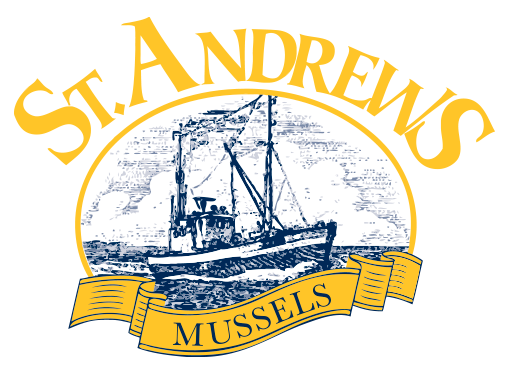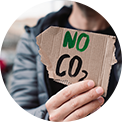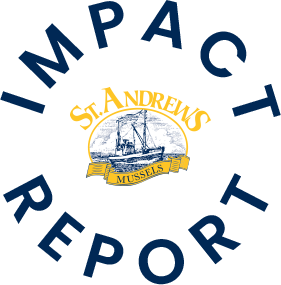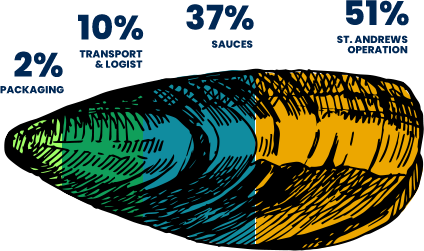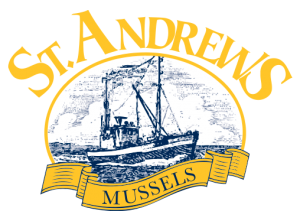Methodology
The quantification and evaluation of the carbon and water footprint of St. Andrews, in the production and export of its products derived from Mussels, were carried out based on ISO standards for Life Cycle Analysis (LCA).
The steps followed to carry out this LCA were: the definition of objectives and scope, an inventory of the system, the evaluation of direct and indirect impacts throughout the value chain and the interpretation of results.
Objectives and Scope
Functional Unit (FU).
The Functional Unit corresponds to the production of 1 kilo of final product, placed in the final consumption markets.
